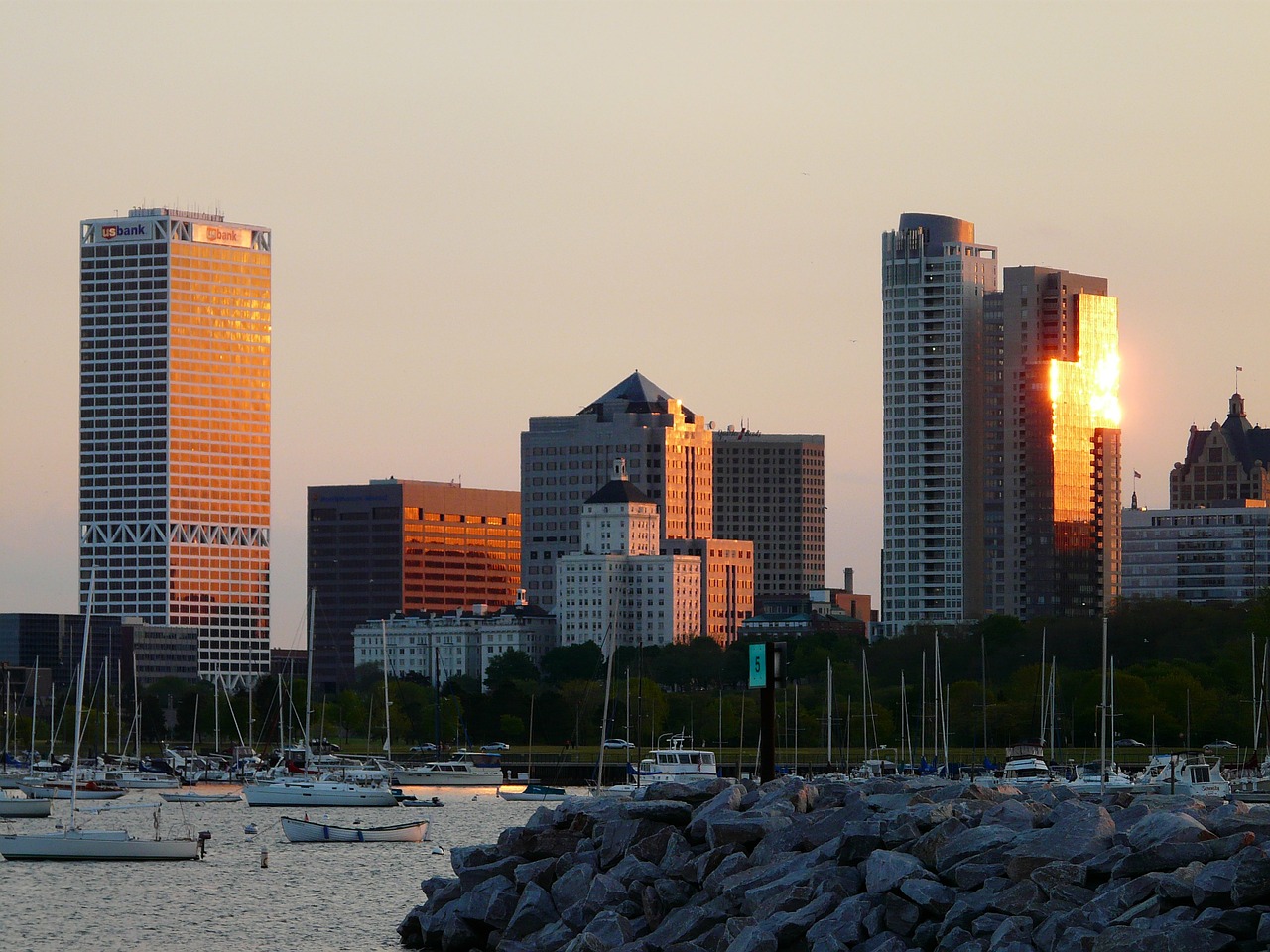By Frank Andorka, Senior Correspondent
Commercial solar, one of the most underserved segments of the solar industry, is taking off in Wisconsin, according to a report by the Milwaukee Journal-Sentinel.
The driver of the push is falling solar prices, which takes the decision to add solar out of the realm of “it’s a nice thing to do” and into the realm of “from a business perspective, this is a must do.” In other words, the money-saving aspect of it has become so overwhelmingly compelling that there’s now an undeniable business case for it.
As Larry Schmidt Jr., chief financial officer of Lakeland Supply, told the paper:
I’m a numbers guy, and I wouldn’t be doing it if the numbers didn’t make sense. Obviously we want to be conscious of our energy use and things like that, but this definitely makes sense even if you say ‘I don’t care about our Earth.’ This is a financial decision, too.
Lakeland Supply put around 500 solar modules on its roof, which will supply the building with 61% of its electricity needs. But they aren’t the only ones. The paper writes:
The most current data from the Public Service Commission of Wisconsin shows that between 2008 and the third quarter of 2017, the number of solar photovoltaic installations on commercial and industrial buildings in the state increased almost ninefold, to 1,030 from 118.
The Journal-Sentinel attributes the majority of the segment’s growth to falling module prices, which makes it more economically feasible for companies to move ahead with solar projects. They also say falling payback times – the amount of time it takes for businesses to recoup their investment – has provided a business rationale for putting solar modules on the roof.
Ten years ago, a story like Wisconsin’s would have been nearly unheard of, but with the success of other Midwestern states like Minnesota and Illinois, the growth of Wisconsin’s solar market now almost seems inevitable. And what makes them stand out from their Midwest competitors is that it’s the commercial segment that seems to be leading the way.
More:
Here’s why more Wisconsin companies are adding rooftop solar energy panels


 Milwaukee, Wisconsin
Milwaukee, Wisconsin